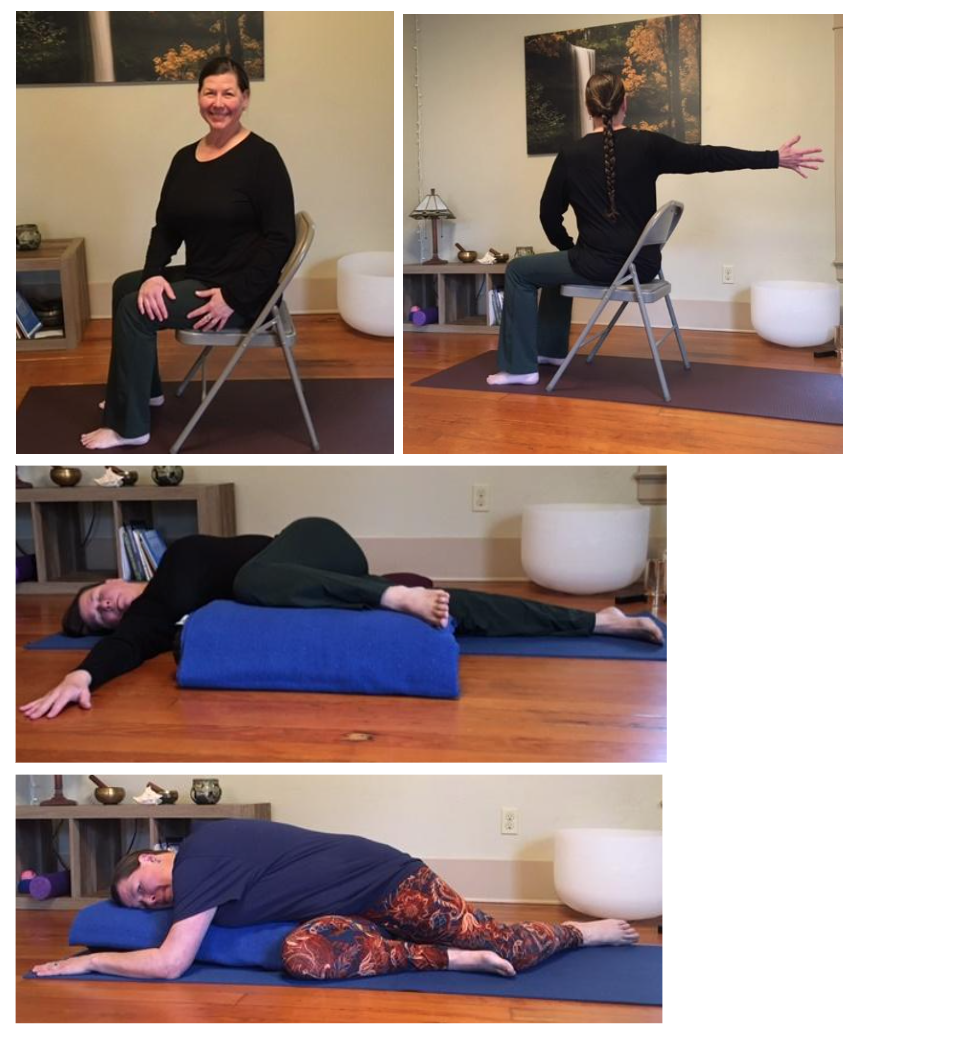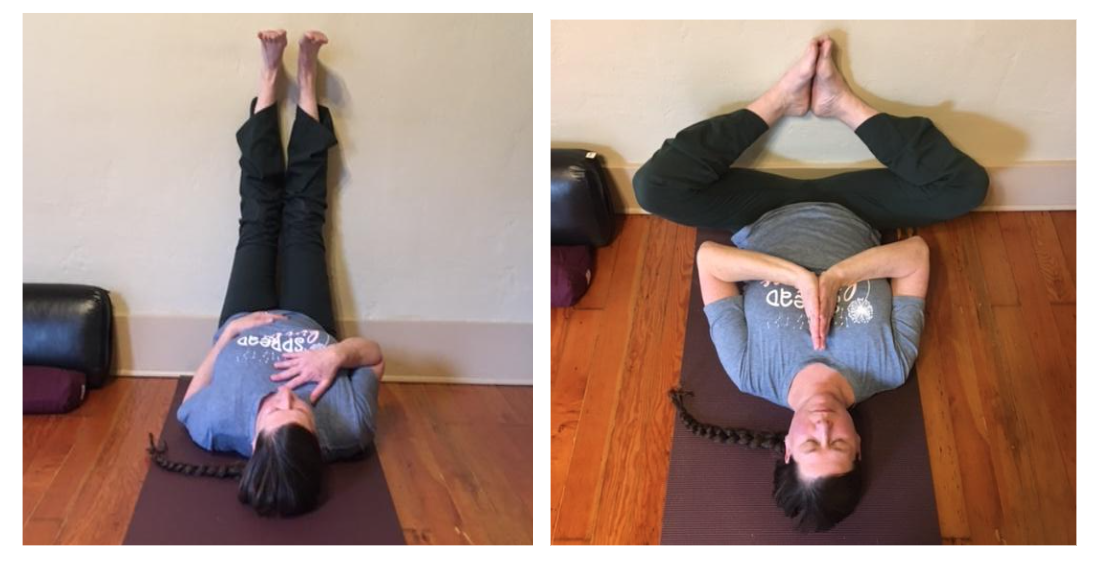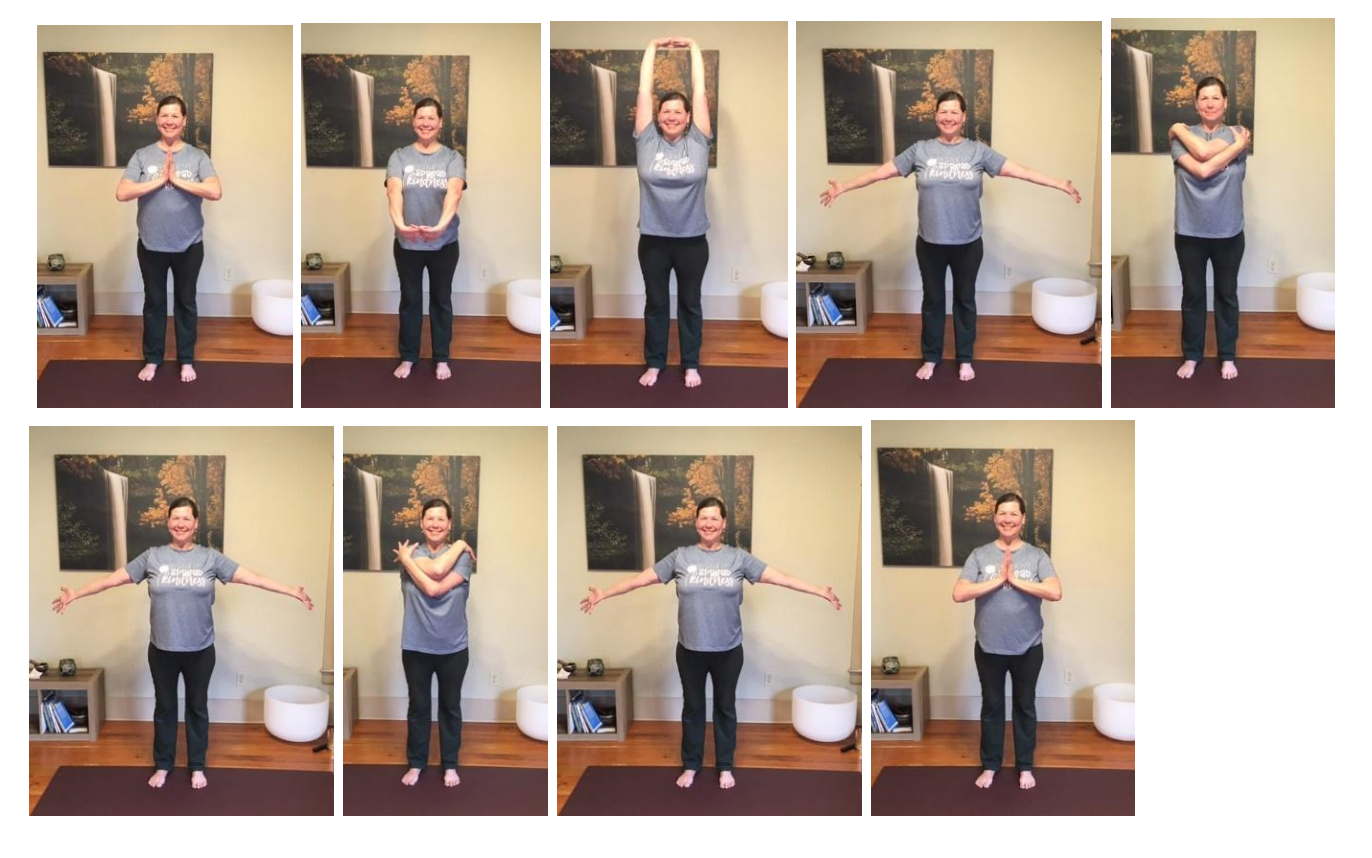By Amalia Trieger
What role do traditions play in your life?
Like planting my grandpa’s favorite flowers every spring, or making a wreath in the winter as my grandma used to do, traditions can help us remember people who’ve gone before, and to honor their legacy. They don’t have to be serious to be meaningful. Passing on silly sayings through the generations, or enjoying a slice of cake to mark a birthday help us keep memories alive, and can be nostalgic, comforting, and familiar.
As we roll into the winter months, we enter a time that’s rich in celebration, but holiday traditions aren’t always a source of comfort and joy. If we aspire to be thoughtful and compassionate towards others, it’s worth considering the ways in which traditions may also be painful, or in need of an upgrade.
If you are newly sober and the holiday office party or the family gathering revolves around wine, it can be deeply uncomfortable or even impossible to attend. For many families, the added expense of shopping for holiday gifts puts strain on a budget already stretched thin. Ads depicting large gatherings around tables laden with food can feel ostracizing to those who don’t have families to go to, or who have difficult family dynamics. Many people will be grieving the loss of loved ones or continuing to stay isolated to protect medically fragile or immunocompromised friends and family, and the ongoing pandemic makes travel more challenging, even for those who can afford it. Some folks grew up within religious traditions that don’t accept their adult identities, leaving them without the structure of celebrating in the community. If the holidays are a lonely time for you, know that you aren’t alone.
If you’ve ever wished for rituals to mark important events in your life, or in the yearly cycle, that felt more inclusive, welcoming, or simply fit better, here is a template for crafting a tradition that uplifts and centers the things that are important to you. Take out a pen, or open your computer, and write down whatever comes to mind in response to these prompts.
Step 1. Ask yourself what needs you’d like to meet with this tradition.
Do you need to grieve, to celebrate, to be playful, to receive an acknowledgement, to ask questions, to share bounty, to reflect?
Step 2. Go way back.
Even if you never met them, it may be worth looking into your personal family history to discover what traditions have been practiced in the place your grandparents (or great great great grandparents) grew up. Some of these may be religious, and some secular. You might be surprised by what you find. There is also an opportunity for healing here. Generational trauma lives in our bodies, and creating ways to process that inherited trauma through ritual and ceremony can be profound. Knowing what we want to address with our traditions may be informed by things that happened in the past, but the echoes of which are alive today.
Step 3. What support or companionship would you like?
You may want to share this new tradition with friends, family, or the wider community. Consider the energy of young people, the camaraderie in a group of people with shared experience, the perspective of wise elders, or, if solitude is what you need, maybe this tradition is one you do by yourself. Step 4. What are some tangible ways you can mark the occasion?
This step is where creativity comes in. It can be as simple as lighting a candle, wearing a favorite piece of clothing, or planting a seed, and as elaborate as decorating an altar, organizing a singalong, hiking a challenging trail, or making a five-course meal.
Step 4. Look to the natural world.
In wisdom traditions and cultures around the globe, humans have celebrated the changing of the seasons and found ways to bring the beauty of nature into their artwork, ceremonies, and daily lives. In winter, if we take our cues from the shorter days, we may find a yearning to spend more time in silence, resting, reading, or listening. While a consumerist culture encourages ramping up, over-socializing and spending money, the rhythm of the season shows us another possibility. Tune in to the landscape that surrounds you by looking out the window and watching the light change, or taking a walk. Read nature-inspired poetry, or write some of your own! If you have access to outside space, collect colorful leaves, harvest wildflowers, pine boughs, seashells, interesting rocks, or whatever is to be found (without decimating your neighbor’s garden, of course).
Step 5. Balance inspiration with humility.
You might find ideas from other cultures that you’d like to incorporate into your tradition.
It’s important to first ask whether the people whose culture you’re appreciating have been marginalized, harmed, or prevented from practicing the very same thing you’d like to do. Choosing to make our own traditions means we can be mindful of where power imbalances lie, and we can create meaningful celebrations that feed our desire for connection and comfort without appropriation or upholding structures of oppression.
If the list feels overwhelming, boil it down to these three things that activist and minister Kathleen McTigue looks for in any ritual or practice: Intention, attention, and repetition. Why are you doing what you’re doing, are you paying attention as you do it, and is it something you’ll do again and again?
Wherever this season has in store for you, remember that if you’ve been longing for new traditions, it’s very likely that others have to. Knowing that you’re in good company, trust your intuition, don’t be afraid to make things up, and share what you discover.















 You can start a ripple of kindness in your community. Doing an act of kindness can encourage others to be more kind as well. Tag! You’re it!
You can start a ripple of kindness in your community. Doing an act of kindness can encourage others to be more kind as well. Tag! You’re it!
